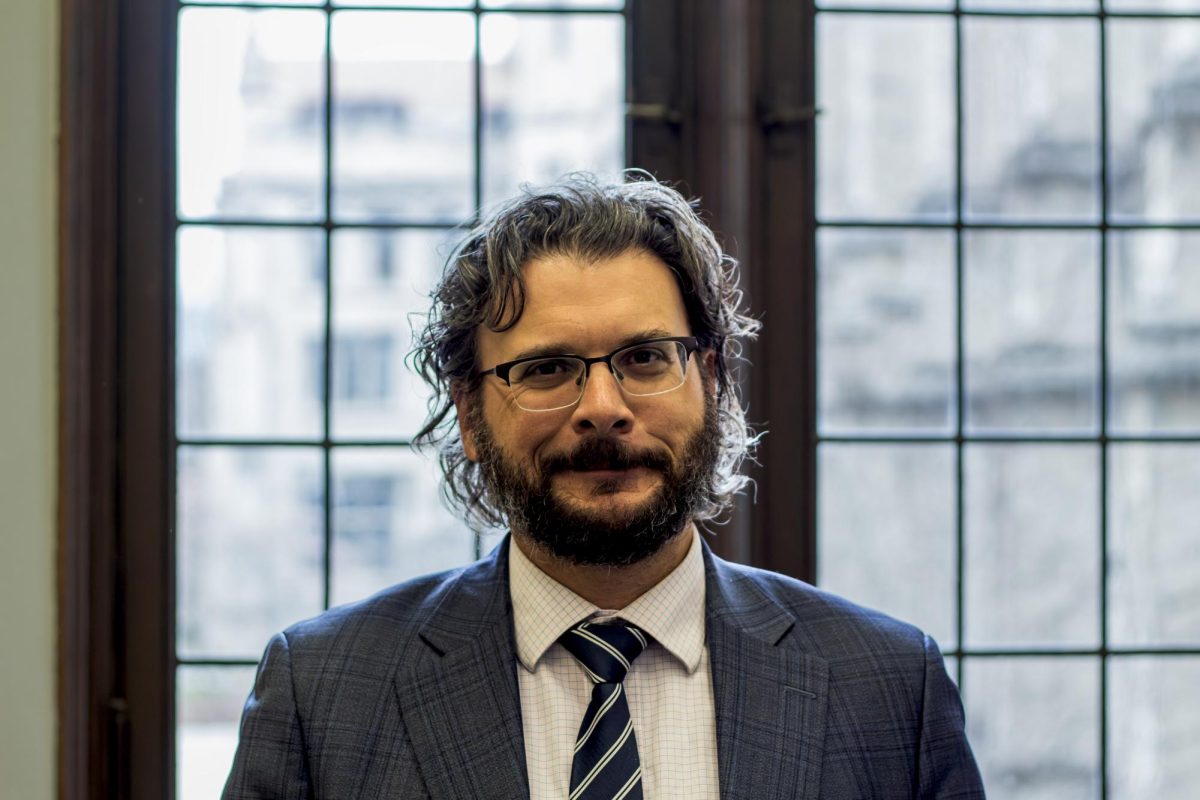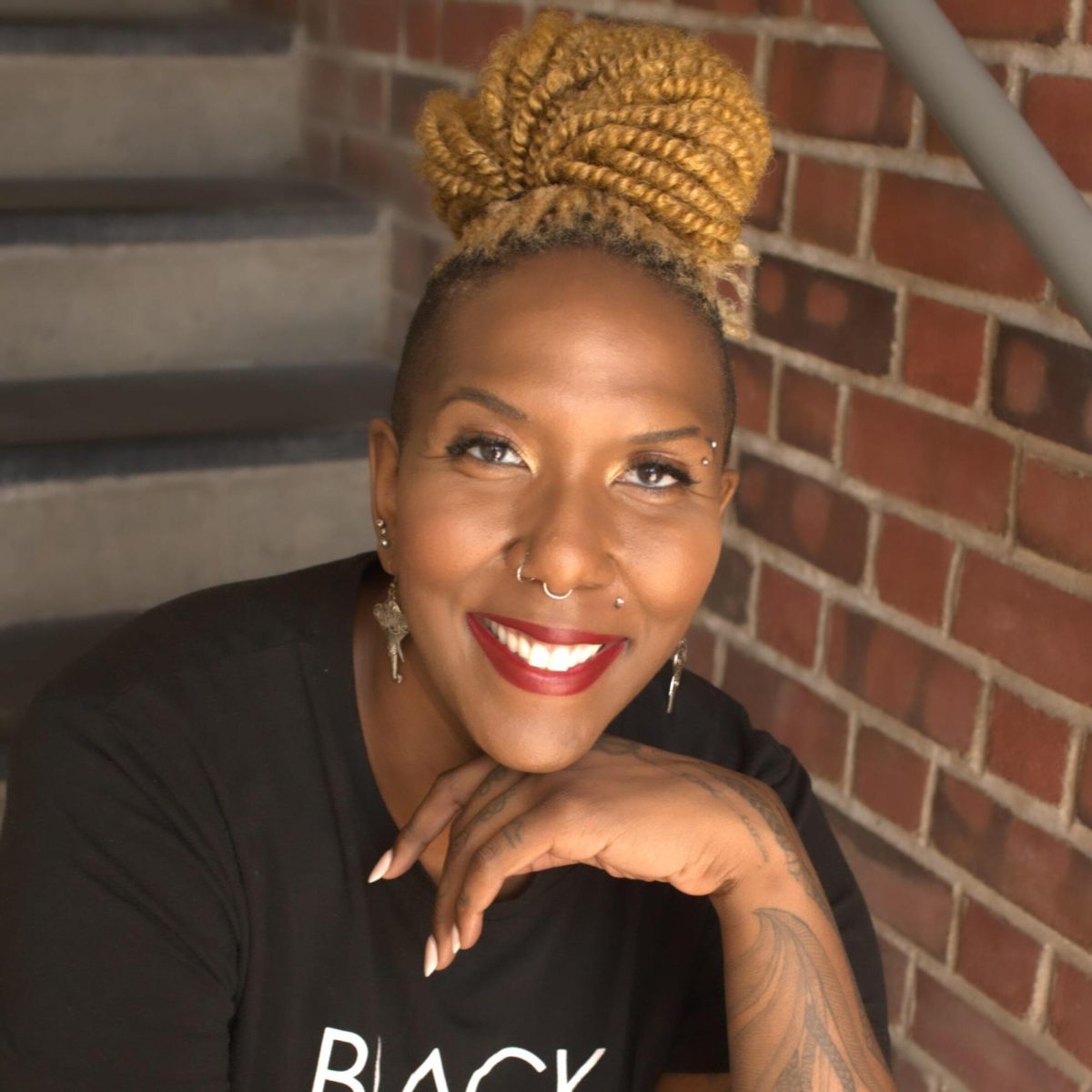After two recent building projects drew criticism from neighbors, the University has formed a Heritage Resources Committee (HRC) composed of experts in architecture, urban planning, and preservation to guide future decisions on building renovations, construction, and campus expansion.
The HRC will serve as an advisory group, connecting the University with the larger Hyde Park community, according to Cal Audrain, a member of the Committee and former director of the Office of Physical Planning and Construction at the University.
The HRC is “a mixture of people from the community, architects and planners from the city, and faculty,” Audrain said. “The Facilities Office is trying to get different views as they plan for the future of the campus.”
Concerns continue to swirl over what the administration calls an “adaptive reuse” of the home of the future Milton Friedman Institute for Research in Economics (MFIRE) at 5757 South University Avenue, which some Hyde Parkers see as the desecration of a church building. Built to house the Chicago Theological Seminary, the building contains religious iconography and intricate stained glass windows.
The HRC was announced to the public at an October meeting on the future of 5757 South University Avenue.
Jack Spicer, Hyde Park resident and president of the Preservation Chicago organization, said the iconography is an essential part of the building. “As soon as you start removing them, it’s like removing the nose from the Mona Lisa or something. It’s all meant to go together, to be together as one,” he said.
The University also attracted complaints over a plan to build an extension of the Lab Schools called the Early Childhood Center. Community members argued, and administrators eventually conceded, that the planning process was not transparent enough to the Lab Schools and the Hyde Park community. The plan was later presented in a series of meetings at the Lab Schools, and the Early Childhood Center will be built on East 58th Street and South Stony Island Avenue.
According to Audrain, the committee is the product of an earlier, informal group which he was a part of, from which the University solicited advice on the Early Childhood Center project. “They talked about formalizing this as a group that they could bounce ideas off of. They did call a group of us together to discuss with them the plans for the Lab Schools at the same time that they scheduled some open meetings with the community. Then they created this other entity, which is a more specific set of people.”
Steve Wiesenthal, University architect, said the HRC did not come out of the ECC group, and that he and Arnold Randall, director of the Office of Civic Engagement, had informally considered the idea for the group over a year ago.
Over the summer, members of the committee were contacted, and the first meeting was held on September 13, according to Wiesenthal.
The group will not have the power to make final decisions. “The discussion group is completely advisory,” Weisenthal said, adding that it will report to a steering committee that includes Wiesenthal, Randall, Vice President for Strategic Initiatives David Greene, Vice President for Civic Engagement Ann Marie Lipinski, Vice President for Communications Julie Peterson, and Vice President for Administration and Chief Financial Officer Nim Chinniah.
Since the group is newly formed, certain details haven’t yet been determined, like who will head the HRC and how often it will meet, according to current committee members.
Audrain said that the committee has only had one meeting as a formal body, and the group has no chairman, according to another member. The member, who asked not be named for fear of casting a negative light on the group before it had firmly established itself, said he still felt unclear on the goals or outcomes of the group.
Also unknown is whether the group will meet on a regular or an as-needed basis. “Frequently enough that we keep the discussion active, but not that we’re wasting people’s time,” Wiesenthal said.
The HRC is composed of “a handful of architects, the city’s cultural historian, a member of the Chicago Landmarks Commission,” said Wiesenthal. “It’s about a dozen folks who are pretty familiar with, experienced in the world of architecture, urban planning, adaptive reuse, and preservation.”
According to Wiesenthal, the members are all volunteers and are professionals in fields related to the HRC. He said about half of the committee members can be considered Hyde Park community members. Wiesenthal and Randall are the only members of the committee on the University payroll.









